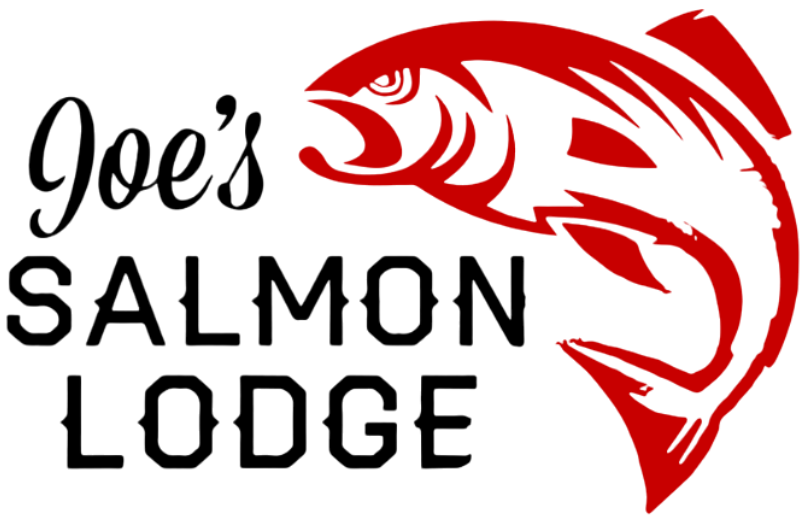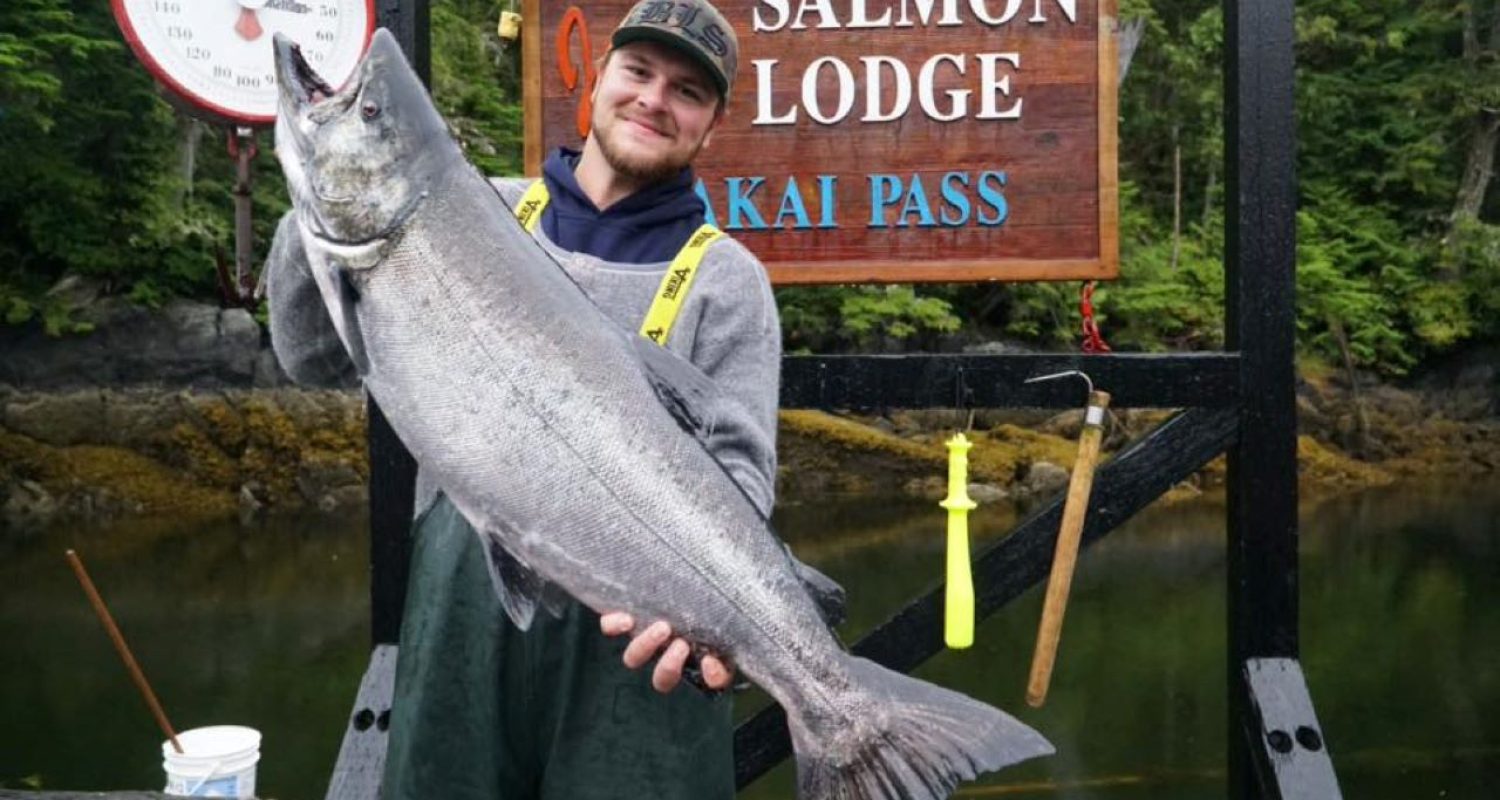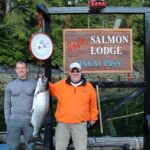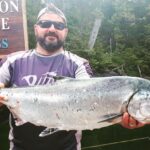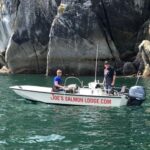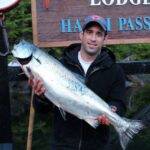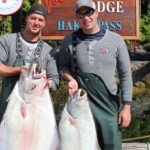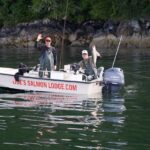Unveiling Nature's Spectacle: The Year of the Big Salmon Run in BC's Central Coast
Every so often, nature treats us to a spectacle of awe-inspiring proportions—a phenomenon that stirs the hearts of anglers and nature enthusiasts alike. Along the central coast of British Columbia, this spectacle takes the form of the “big salmon run,” an event marked by the migration of thousands of salmon returning to their spawning grounds. In this article, we’ll explore the phenomenon of the big salmon run in BC’s central coast, unraveling the mysteries behind this natural spectacle and examining the factors that contribute to its occurrence.
Understanding the Salmon Run Cycle: The big salmon run is a cyclical event that occurs annually as salmon return from the open ocean to the freshwater rivers and streams where they were born. This migration, driven by instinct and guided by the Earth’s magnetic field, is a critical part of the salmon life cycle and plays a vital role in maintaining healthy fish populations. Each species of salmon—Chinook, Coho, Sockeye, Pink, and Chum—follows its own unique migration patterns, with some returning to spawn every year and others only every few years.
Factors Influencing the Big Salmon Run: While the timing and magnitude of the big salmon run can vary from year to year, several factors influence its occurrence. One of the most significant factors is ocean conditions, including water temperature, currents, and food availability. Favorable ocean conditions can lead to increased survival rates for juvenile salmon as they migrate to the open ocean, resulting in larger returns of adult salmon several years later. Additionally, environmental factors such as rainfall, snowmelt, and river flow can impact salmon migration patterns by affecting water levels and temperature in freshwater habitats.
The Role of Conservation and Management: Conservation and management efforts play a crucial role in ensuring the sustainability of salmon populations and the success of the big salmon run. Fisheries managers closely monitor salmon populations and implement measures such as catch limits, fishing closures, and habitat restoration projects to protect spawning salmon and their habitats. Additionally, efforts to mitigate the impacts of human activities, such as habitat destruction, pollution, and overfishing, are essential for maintaining healthy salmon populations and preserving the natural beauty of BC’s central coast for future generations.
Historic Big Salmon Runs: Throughout history, BC’s central coast has witnessed several legendary big salmon runs that have left an indelible mark on the region’s cultural heritage and natural history. One such event occurred in [insert year], when an exceptionally large run of Chinook and Coho salmon returned to the rivers and streams of the central coast, drawing anglers from far and wide to witness the spectacle. This historic run, fueled by favorable ocean conditions and abundant food sources, resulted in record-breaking catches and unforgettable fishing experiences for those lucky enough to be there.
The Impact on Local Communities and Economies: The big salmon run not only has ecological significance but also plays a vital role in supporting local communities and economies along BC’s central coast. Salmon fishing is a cornerstone of the region’s tourism industry, attracting visitors from around the world who come to experience the thrill of the catch and immerse themselves in the natural beauty of the coast. Additionally, salmon fishing provides economic opportunities for local businesses, including fishing lodges, charter companies, tackle shops, and restaurants, which rely on the influx of anglers during the peak fishing season.
Looking Ahead: Preserving the Legacy of the Big Salmon Run As we look to the future, it is imperative that we continue to protect and preserve the natural habitats and ecosystems that sustain the big salmon run. Conservation efforts, including habitat restoration, sustainable fisheries management, and community engagement, are essential for ensuring the long-term health and vitality of salmon populations and the ecosystems they inhabit. By working together to safeguard this natural treasure, we can ensure that future generations will have the opportunity to witness the awe-inspiring spectacle of the big salmon run in BC’s central coast for years to come.
